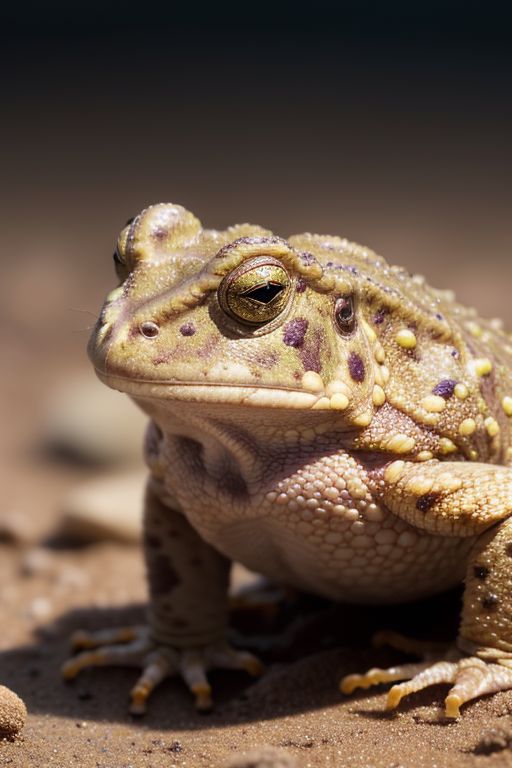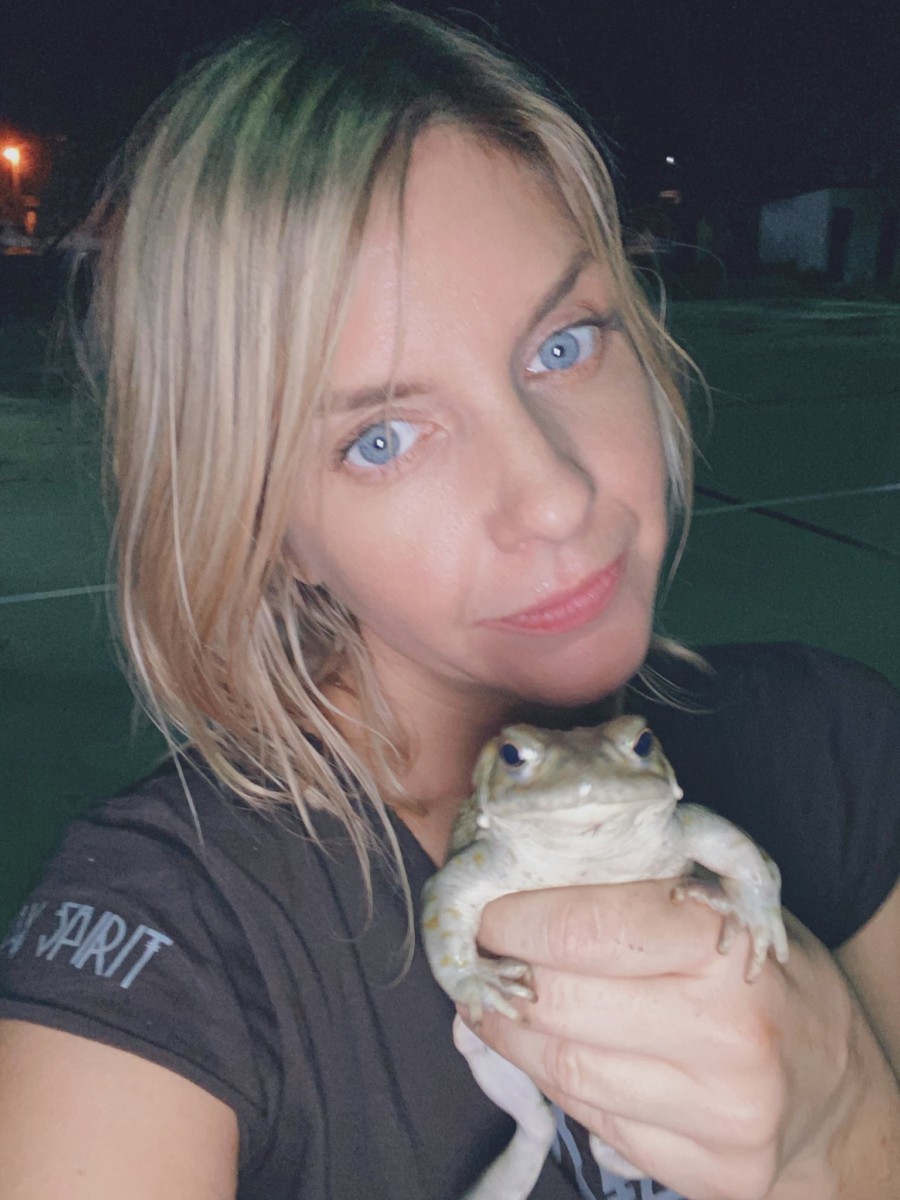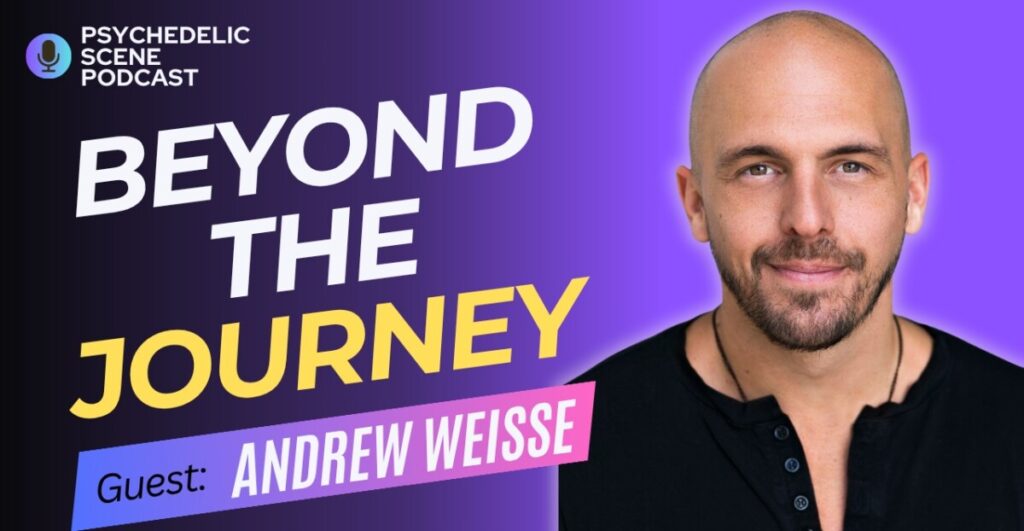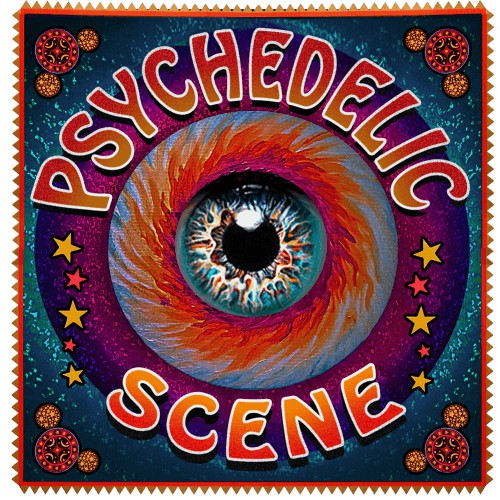What to Know About 5-MeO-DMT
What to Know About 5-MeO-DMT
What is 5-MeO-DMT?
5-MeO-DMT is both a natural and synthetic fast-acting psychedelic of the tryptamine class that is closely related to N,N-Dimethyltryptamine (DMT). As with any psychoactive compound, it is best for people to always start low and slow. This substance can be difficult to accurately dose when sourced from natural products vs. synthetically made. The method of extraction can differ, which ends up changing the purity of the final product, thus changing the required amount.
Nonetheless, both sources of this psychedelic provide a mystical experience, and both have incredible therapeutic potentials.
Historical Use of 5-MeO-DMT in Ceremonies
Looking at the scientific data on this subject, you can find lots of anthropological information that confirms Anadenanthera peregrina, typically known by the locals as yopo or cohoba, and Virola theiodora, which have both been used by shamans of these indigenous cultures in the past and today. Although there has been a steep decline in this type of traditional medicine, there are still a few small villages that are keeping the ceremony alive.
It is theorized that the toad venom evolved to contain 5-MeO-DMT, and bufotenine, as a natural repellent against predators.
The seeds are harvested and processed by roasting and grinding them to make a psychoactive snuff that the shaman will ingest to commune with the spirit world. These ceremonies were often performed as healing rituals where the shaman’s connection would be used as a tool to treat and diagnose illness and spiritual maladies.
That said, when it comes to the use of Bufo alvarius venom, there are only a handful of anecdotal reports that could vaguely point to the historical use of 5-MeO-DMT as traditional medicine. Albert Most’s hypothesis on the traditional use of Bufo alvarius among the indigenous tribes in the southwestern United States and northwestern Mexico was based on a hunch he gleaned after reading archaeological documents. These showed the skeletal remains of toads that could be found in dwellings across this area. He believed that the sole reason for this was based on traditional healing practices, while others have argued that it was more than likely a food source.
Natural Sources of 5-MeO-DMT
5-MeO-DMT is found primarily in two natural sources. The first of which is in a variety of plants in both Central and South America. In traditional cultures, it is most often sourced from Anadenanthera peregrina (yopo or cohoba) and Virola theiodora. Both of which are traditionally harvested and processed by roasting and grinding of the seeds to make a psychoactive snuff. This snuff has been used by shamans of the region for at least 4000 years, making it one of the oldest verifiable instances of purposeful psychedelic use and having deep spiritual significance for the people in this region. The oldest, clear evidence of use comes from pipes made of puma bone found with Anadenanthera beans at an archaeological site in Argentina. The pipes at the site were found to contain the psychoactive compound DMT, one of the compounds found in Anadenanthera beans. Radiocarbon testing of the material showed that the residue is from around 2130 BC. This suggests that Anadenanthera use as a psychoactive compound is over 4,000 years old.
The other natural source is the milky white venom of the Sonoran Desert Toad (Bufo alvarius toad or the Colorado River Toad), which is native to the southwestern United States and northwestern Mexico. Bufo alvarius became known through the publication of “Bufo alvarius: The Psychedelic Toad of the Sonoran Desert in 1983,” written by a man known as Albert Most. Most was an artist and researcher, and the first time he traveled to the desert to locate the toads, he was unsuccessful. It was only on his second trip, which happened to be during the monsoon season, that Albert was able to find and extract the toad venom. In this pamphlet, he described how he would collect the venom, dry it, and finally how he vaporized it. In his writing, he does his best to summarize the psychoactive effects of the dried toad secretion, as well as the ecology of the toads. It is theorized that the toad venom evolved to contain 5-MeO-DMT, and bufotenine, as a natural repellent against predators. The reasons for this assumption are threefold. First, it has a very bitter and astringent taste. Second, the glands that secrete the venom are located in highly exposed areas such as on the back of the head and legs. With enough pressure (like the bite of an animal), the gland will expel its toxic load. Third, the two psychoactive components may cause a mild reaction and intoxication in animals that would discourage most, if not all animals, from making the toad a food source.
Ecological Impacts of Harvesting 5-MeO-DMT from Bufo alvarius
Like many species that have specific environmental requirements, the Colorado River Toad is struggling due to the impact humans are having on their range. There are four primary factors putting immense pressure on the current population of toads: global warming, changes in the watershed, habitat destruction, and the overharvesting of the venom by humans.
Like many other toads, Bufo alvarius are active foragers and feed on invertebrates, lizards, small mammals, and amphibians. Unfortunately, the combination of habitat destruction and global warming is having a direct effect on the amount and types of food sources that are available. Due to this, there is increasing competition from other toads and animals, which further limits their food sources.
One of the most unfortunate knock-on effects of global warming is the changing of weather patterns. This has a direct impact on Bufo alvarius. Traditionally, May to September is the most active season for these toads. During this time of the year, there is increased rainfall. Rainfall is the main primary indicator that spurs the toads to breed. As the globe heats up, there are less frequent but more severe storms. This becomes a problem because the toad’s breeding cycle cannot keep up, leading to a lower birth rate within the population.
Kate McCabe
Finally, there is the direct pressure by people who go out and unintentionally over-harvest the venom or capture the toads for continued milking. Both of these actions can unintentionally harm the population by either leaving the toad defenseless in the case of over-harvesting or reducing the total number of toads in the breeding population, putting further pressure on the wild population. Another thing to consider is the impact human settlements can have on the wild population of any animal. There are so many new hazards such as car strikes or accidental poisonings from pesticides.
Legality of 5-MeO-DMT
In the United States, both synthetic and natural 5-MeO-DMT are illegal to manufacture, distribute, possess, or buy. Although, this does not mean that keeping Bufo alvarius is necessarily illegal. Still, there have been cases, most of them in Arizona, where the drug laws are especially strict, that have led to people being charged with manufacturing a Schedule I drug. If found guilty, this carries a mandatory minimum prison sentence of three to 12 years.
Fortunately, not all areas are as hostile when it comes to psychoactive drugs. There is a growing list of states and counties that have introduced, or are introducing, laws decriminalizing the possession and use of psychedelics. This does not mean that they are now legal. It just means that the police will now place the lowest priority on psychedelics. (If you want to know more, check your local laws, because they are in constant flux).
In other countries, specifically Canada and Mexico, it is completely legal to manufacture, distribute, possess, or buy 5-MeO-DMT. Due to this fact, there is a whole cottage industry of clinics offering 5-MeO-DMT ceremonies in Mexico that will help with the procurement of the material, as well as provide a setting to partake in the ceremony.
Conclusion
DMT and 5-MeO-DMT have been a part of rich cultural, spiritual experiences for thousands of years. Today, scientists, therapists, and curious individuals across the globe are beginning to experience the effects and benefits that this substance can bring. While some are turning to psilocybin mushrooms as their choice for psychedelic-assisted therapy, others are singling in on DMT as being especially effective for getting to the root of underlying psychological problems, healing trauma, and dealing with addiction. While limitations due to legality still exist in most western countries, researchers and psychedelic advocates are slowly opening the door for more people to experience DMT’s therapeutic potential.
Gallery
Recent Articles
Podcast with Andrew Weisse: Beyond The Journey
•
December 5, 2025
The Club Is Open by Radderall & Muzzy Fossa–Album Review
•
December 3, 2025

Loading...
The Club Is Open by Radderall & Muzzy Fossa–Album Review
- Bill Kurzenberger







